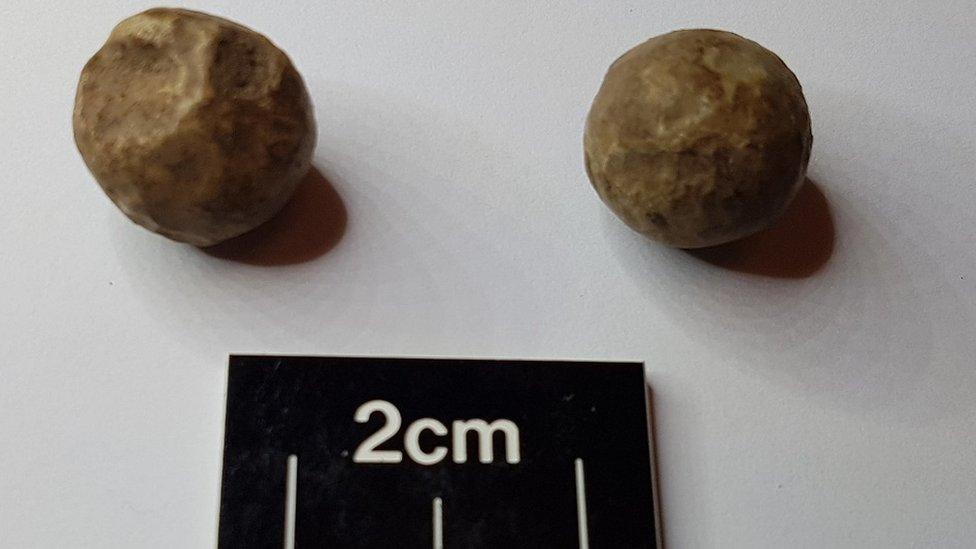New evidence uncovered about Battle of Culloden
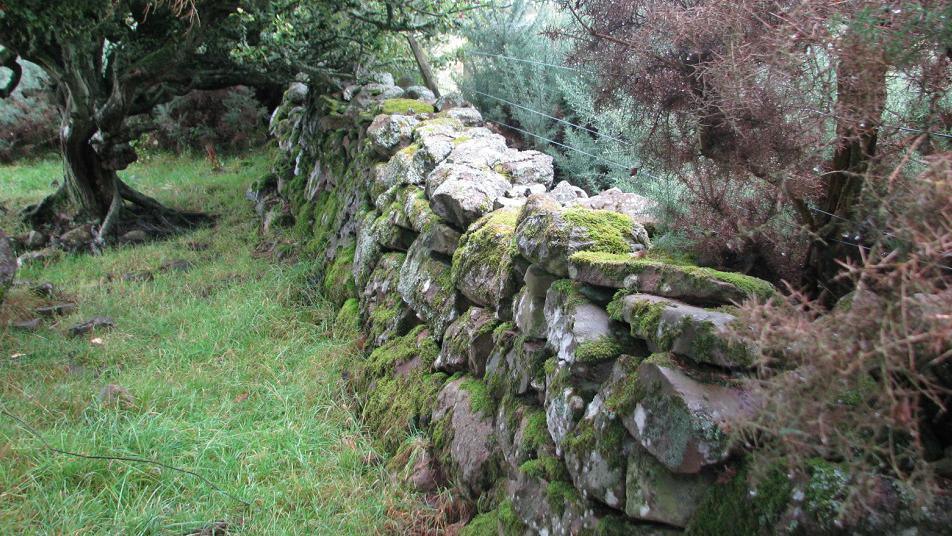
A surviving boundary wall of Culloden Parks, a key location at the Battle of Culloden
At a glance
New evidence has been uncovered about 1746's Battle of Culloden
The battle saw forces loyal to Bonnie Prince Charlie defeated by the Duke of Cumberland's government army
Fought near Inverness, it involved the deaths of about 1,600 men - 1,500 of them Jacobites
New research has revealed the Jacobites' left flank deployed from a different location than previously thought
- Published
New research has reshaped historians' understanding of the battlefield landscape of Culloden 275 years ago.
The battle on 16 April 1746 saw forces loyal to Bonnie Prince Charlie defeated by the Duke of Cumberland's government army.
Fought near Inverness, it involved the deaths of about 1,600 men - 1,500 of them Jacobites.
Experts at Historic Environment Scotland (HES) have now found that the Jacobite army's left flank had occupied a more westerly position than previously thought.
The area from where these fighters deployed is known as Culloden Parks and is near the historic Culloden House.
A significant amount of the parks' boundary walls were also found to have survived the battle.
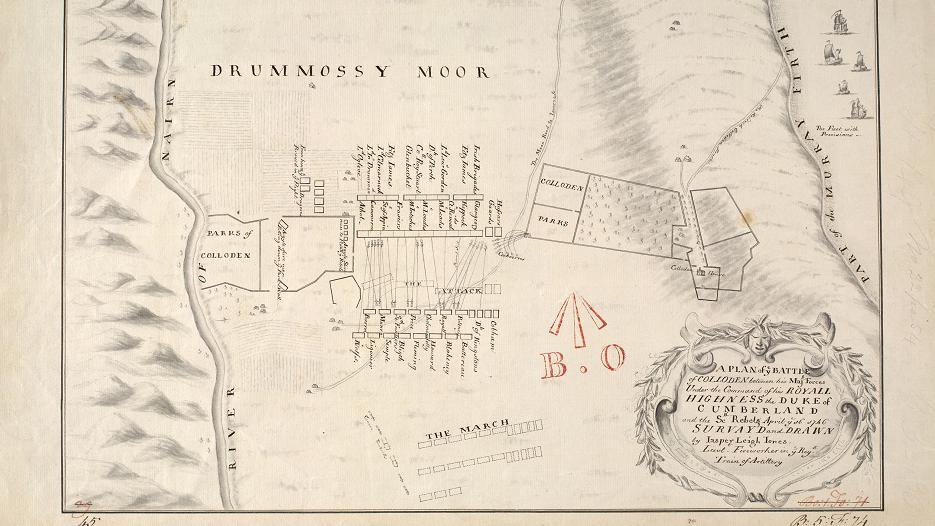
18th Century maps were cross referenced with detailed modern maps
HES' investigation involved cross referencing contemporary 18th Century maps alongside more detailed modern mapping.
Laser scanning, known as Lidar, was carried out to record the landscape in 3D, and a physical survey of the surviving walls was carried out.
Other discoveries included the fact that the original channel of a stream, called Red Burn which was another feature of the battlefield landscape, was further west than previously believed.
'Pivotal events'
Kevin Munro, senior designations officer at HES, said: “The Battle of Culloden is one of the most documented and studied conflicts in Scotland’s history, so to unearth new information that will further enhance our understanding of this significant battle is very gratifying."
He added: “This clear evidence for the survival of Culloden Parks shows us that the story of the Battle of Culloden is still unfolding along with our understanding of the historic landscape.
"This research will further enhance our knowledge of the pivotal events that took place on 16 April 1746.”
- Published11 April 2022
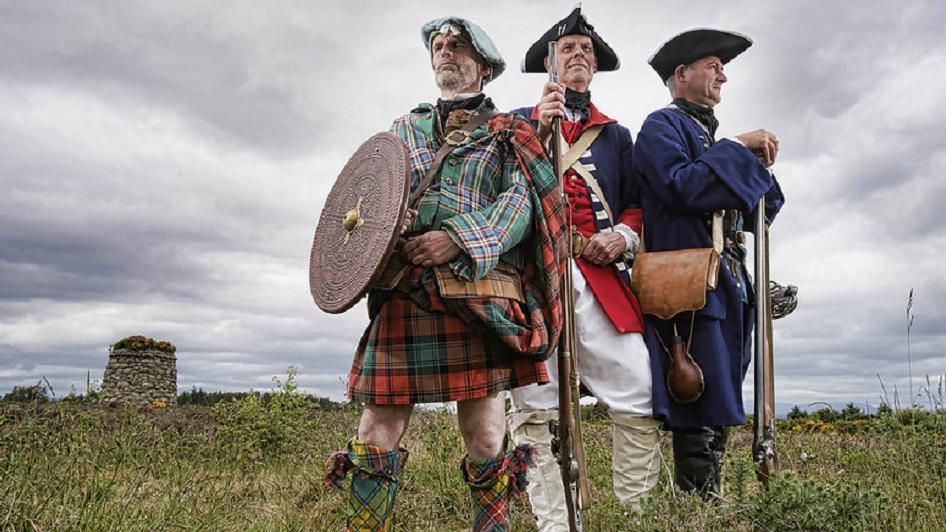
- Published1 February 2022
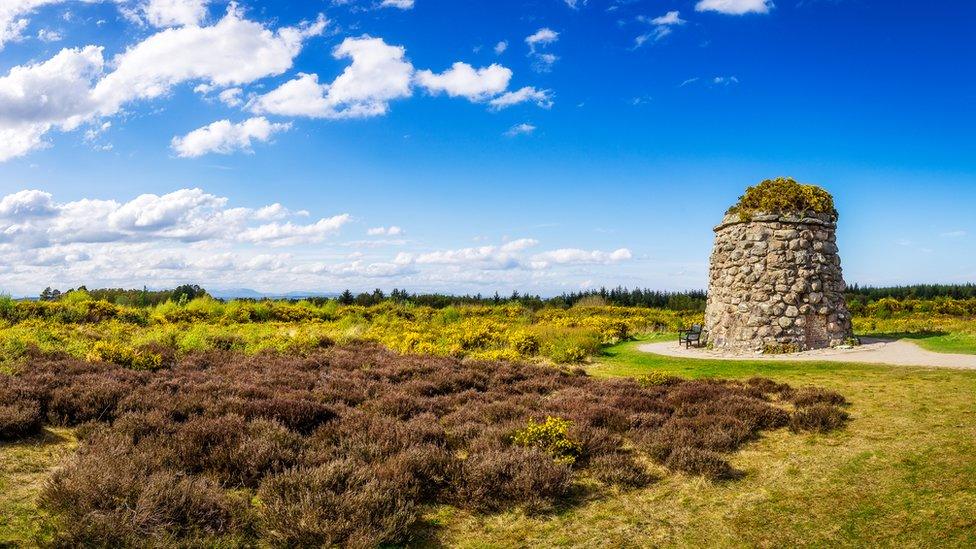
- Published4 November 2021
